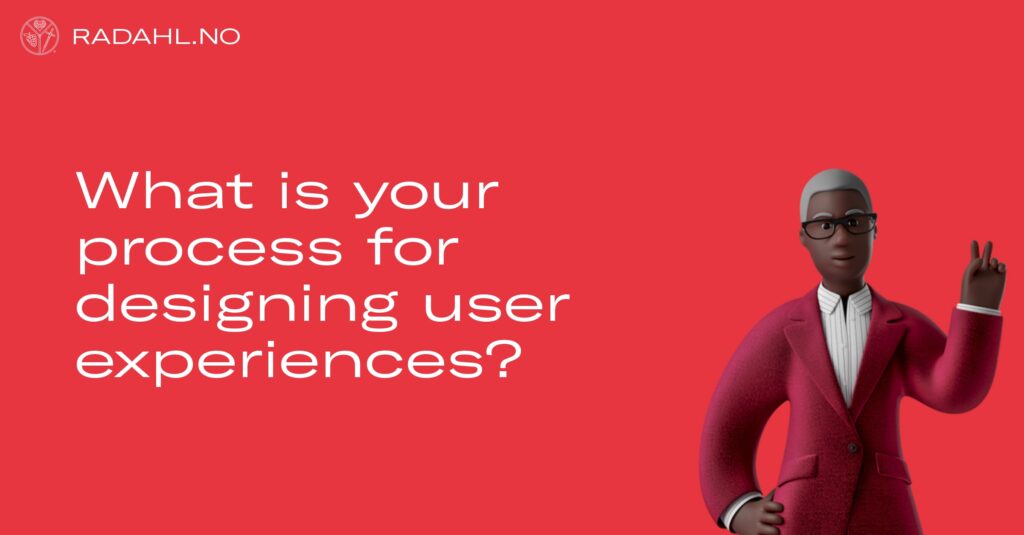
There is no one-size-fits-all answer to this question, as the design process for user experiences will vary depending on the project and the team involved. However, there are some essential steps that should be followed in order to create successful user experiences.
The first step is to understand the user. This means conducting research in order to gain insights into who the users are, what their needs and goals are, and how they interact with the product. This information should be used to create user personas, which will be used throughout the design process to keep the user in mind.
The next step is to define the user flow. This means mapping out the steps that the user will take in order to complete their task, starting from when they first interact with the product all the way to the end. This will help to ensure that the design is intuitive and user-friendly.
Once the user flow has been defined, it's time to start designing the interface. This is where the real creative work comes in, as the designer has to think about how to best present the information and functionality in a way that is easy for the user to understand and use. This includes things like layout, typography, color scheme, and iconography.
Finally, it's important to test the design with actual users. This can be done through user testing, which involves having users try out the design and giving feedback. This feedback can then be used to make necessary changes and improvements before the design is final.
